Ndebele Dress Designs: Traditional Techniques with a Modern Twist
Ndebele Dress Designs: Traditional Techniques with a Modern Twist
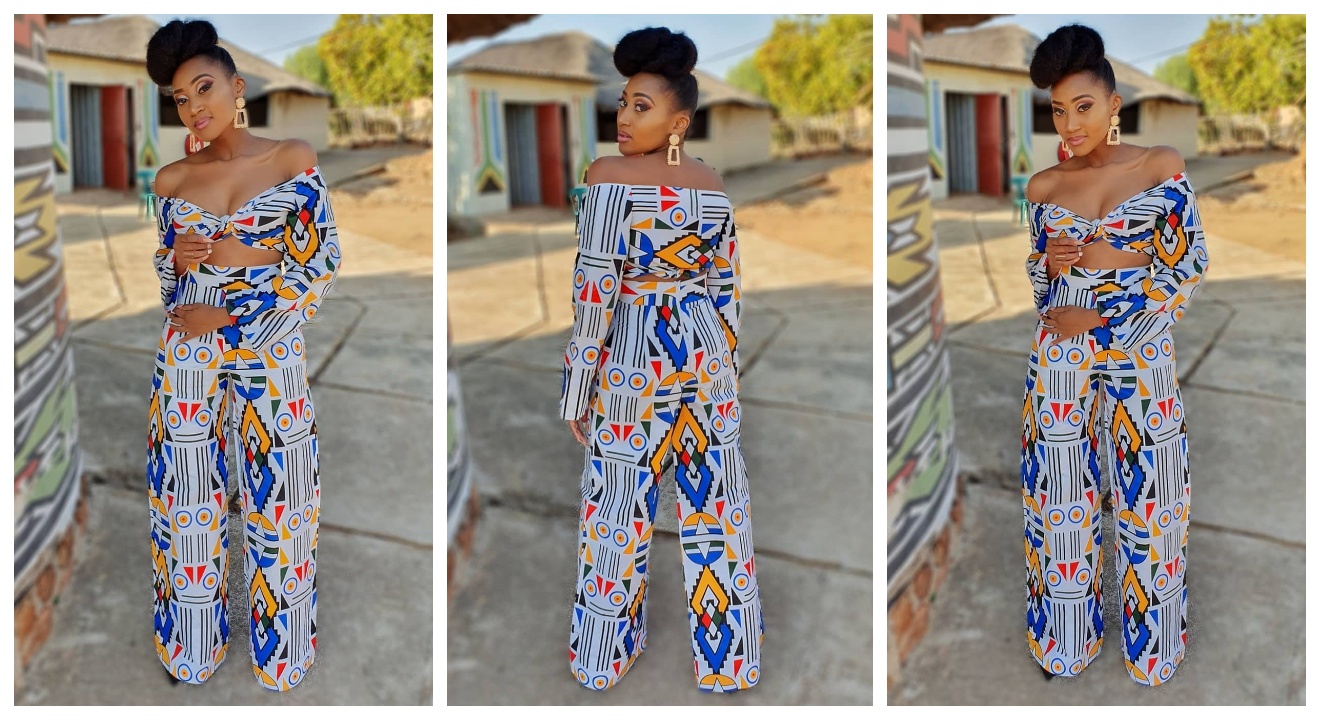
Introduction
Ndebele Dress Designs: Traditional Techniques with a Modern Twist
Traditional Ndebele Dress Designs: A blend of history and contemporary style
The Ndebele people of Southern Africa have a rich cultural heritage that is beautifully expressed through their traditional dress designs. These designs are a blend of centuries-old techniques and contemporary influences, resulting in a unique and captivating style. The Ndebele dress designs feature vibrant colors, intricate beadwork, and geometric patterns that hold symbolic meaning. With a modern twist, these traditional designs are now being incorporated into contemporary fashion, making them accessible to a wider audience.

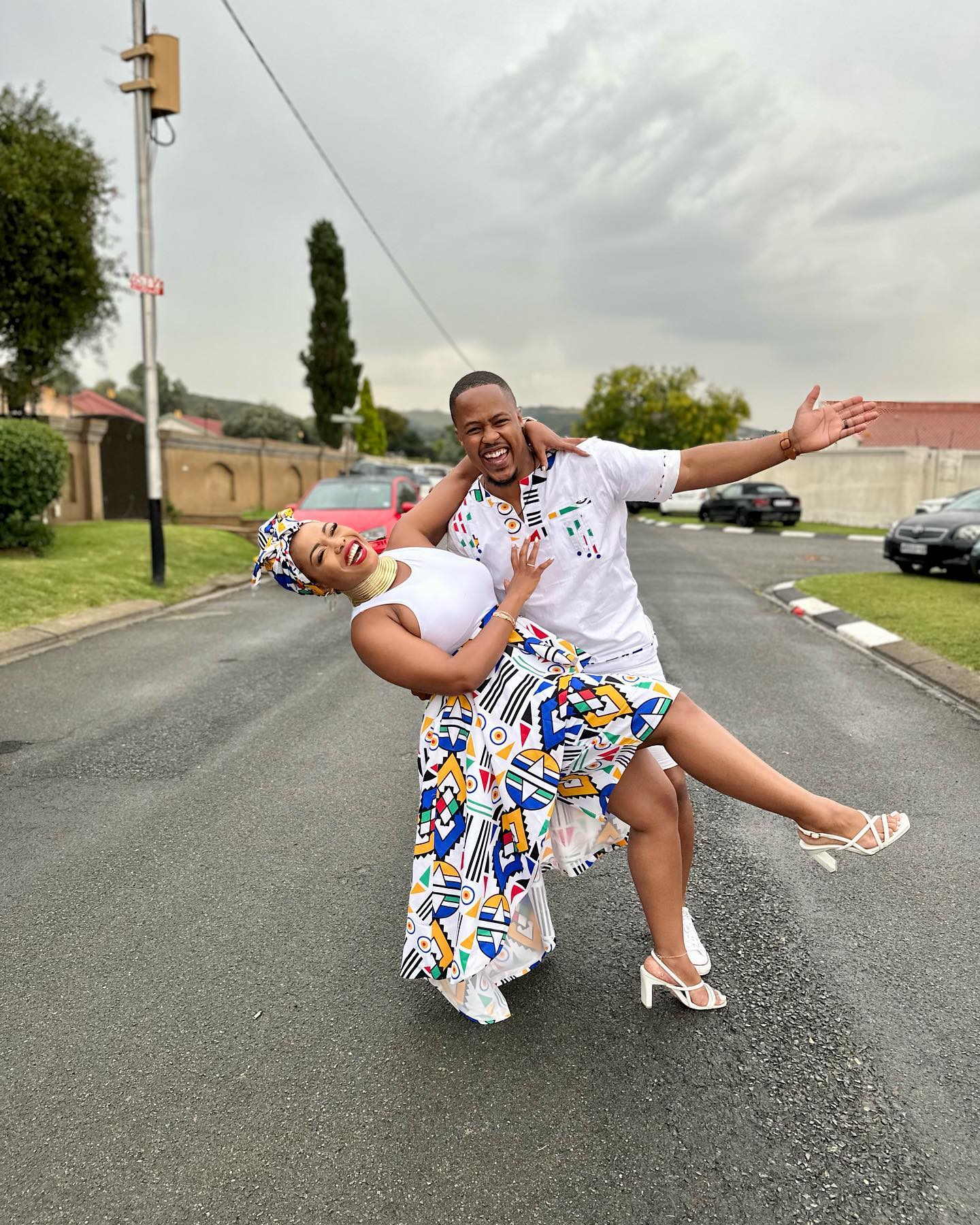

Preserving the cultural heritage through fashion
By incorporating Ndebele dress designs into modern fashion, designers and artisans are not only creating visually stunning pieces but also preserving the cultural heritage of the Ndebele people. These designs serve as a celebration of the past, reminding us of the importance of cultural diversity and the need to honor and respect different traditions. Through fashion, the Ndebele dress designs are being shared with the world, promoting awareness and appreciation for this unique art form.
Ndebele Beadwork
The significance of beadwork in Ndebele dress designs
Beadwork holds a significant place in Ndebele dress designs. It is not only a form of artistic expression but also a way of preserving cultural heritage. The vibrant colors and intricate patterns created through beadwork showcase the creativity and skills of the Ndebele people. Each beadwork design carries symbolic meaning, representing different aspects of their culture, such as love, fertility, and protection.
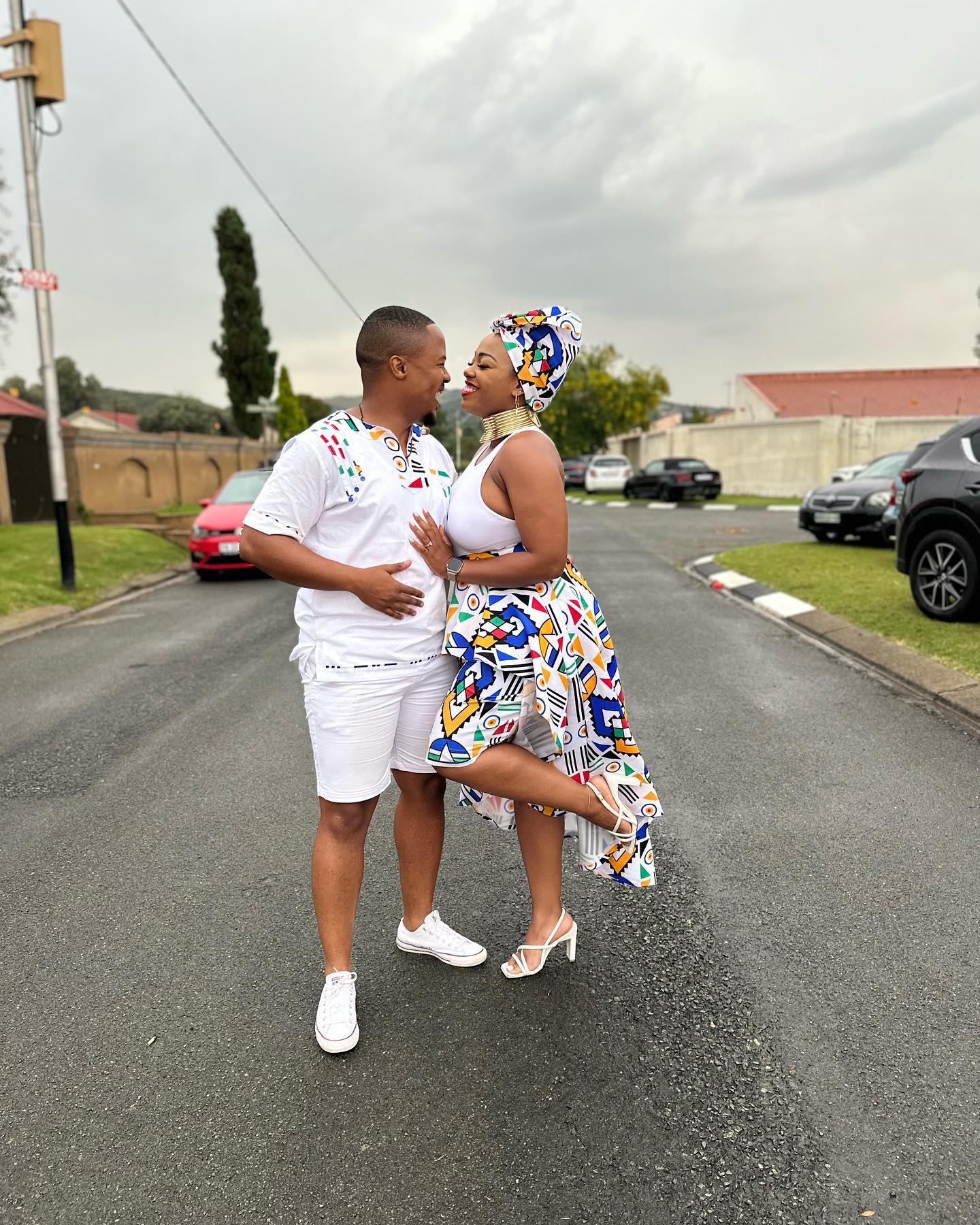

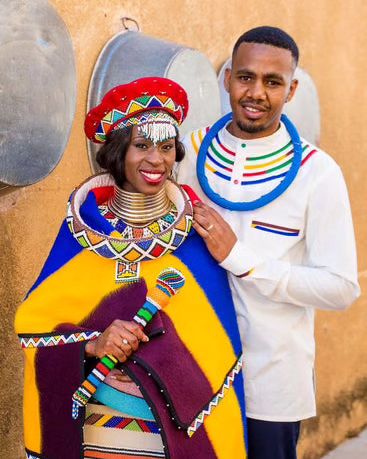
Incorporating traditional beadwork into modern fashion
With a modern twist, traditional Ndebele beadwork is now being incorporated into contemporary fashion. Designers and artisans are finding innovative ways to blend the ancient techniques with modern styles, resulting in captivating and unique pieces. The incorporation of Ndebele beadwork into modern fashion not only adds a touch of cultural richness but also brings attention and appreciation to this beautiful art form. By bridging the gap between tradition and modernity, Ndebele beadwork continues to thrive and captivate a wider audience.
Bold Geometric Patterns
Exploring the iconic geometric patterns in Ndebele dress designs
Ndebele dress designs are renowned for their striking and bold geometric patterns. These patterns, created using beads, showcase the artistic creativity and skills of the Ndebele people. The geometric shapes such as triangles, squares, and zigzags are meticulously arranged to form intricate designs that hold symbolic meanings. Each pattern represents different aspects of their culture, conveying messages of love, fertility, and protection.
These iconic geometric patterns have become synonymous with Ndebele dress designs. They are a celebration of the rich cultural heritage of the Ndebele people and serve as a visual representation of their identity and pride. The vibrant colors and precise patterns make Ndebele dresses instantly recognizable and highly coveted.
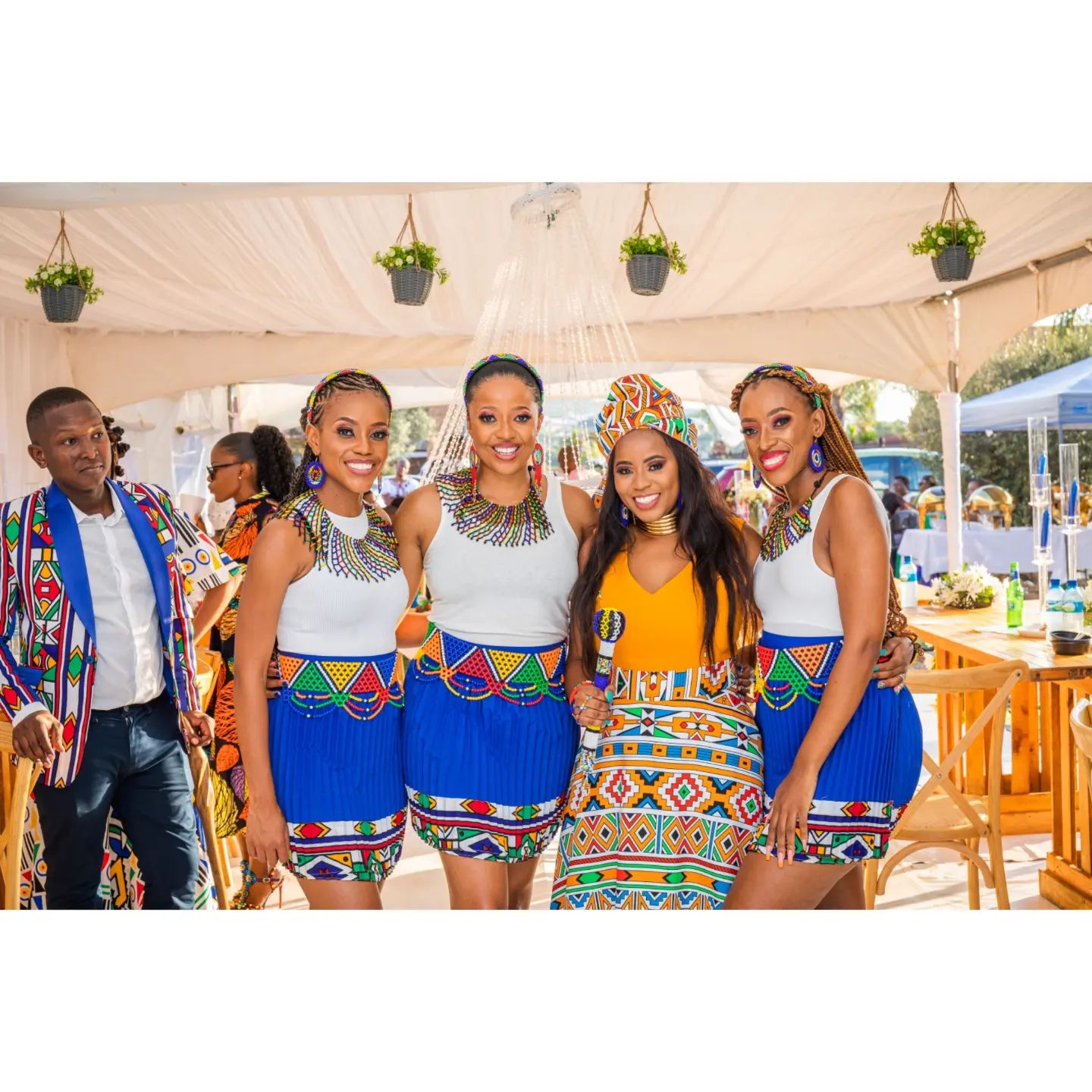
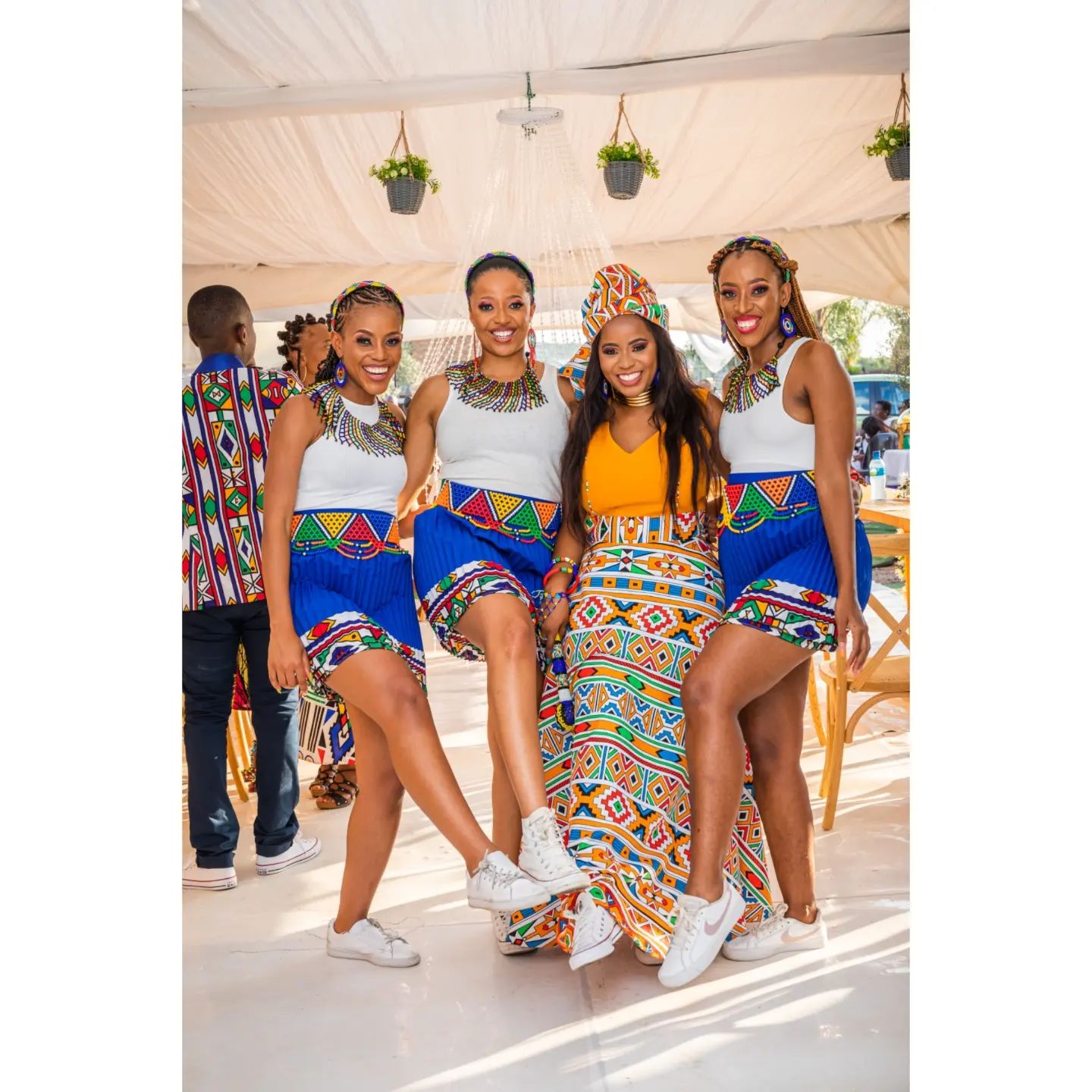
Modern interpretations and innovative adaptations
While Ndebele dress designs have a strong foundation in tradition, contemporary fashion designers and artisans have found ways to infuse modernity into this ancient art form. By incorporating traditional Ndebele beadwork into modern fashion, they are able to create captivating and unique pieces that appeal to a wider audience.
These modern interpretations often involve blending the traditional geometric patterns with contemporary silhouettes and fabrics. Designers experiment with color palettes, materials, and techniques to create innovative adaptations that honor the essence of Ndebele dress designs while pushing the boundaries of creativity.
These modern interpretations not only showcase the cultural richness of Ndebele beadwork but also promote cross-cultural understanding and appreciation. By bridging tradition with modernity, Ndebele dress designs continue to thrive and captivate fashion enthusiasts around the world. They serve as a reminder of the enduring beauty and significance of this ancient art form.
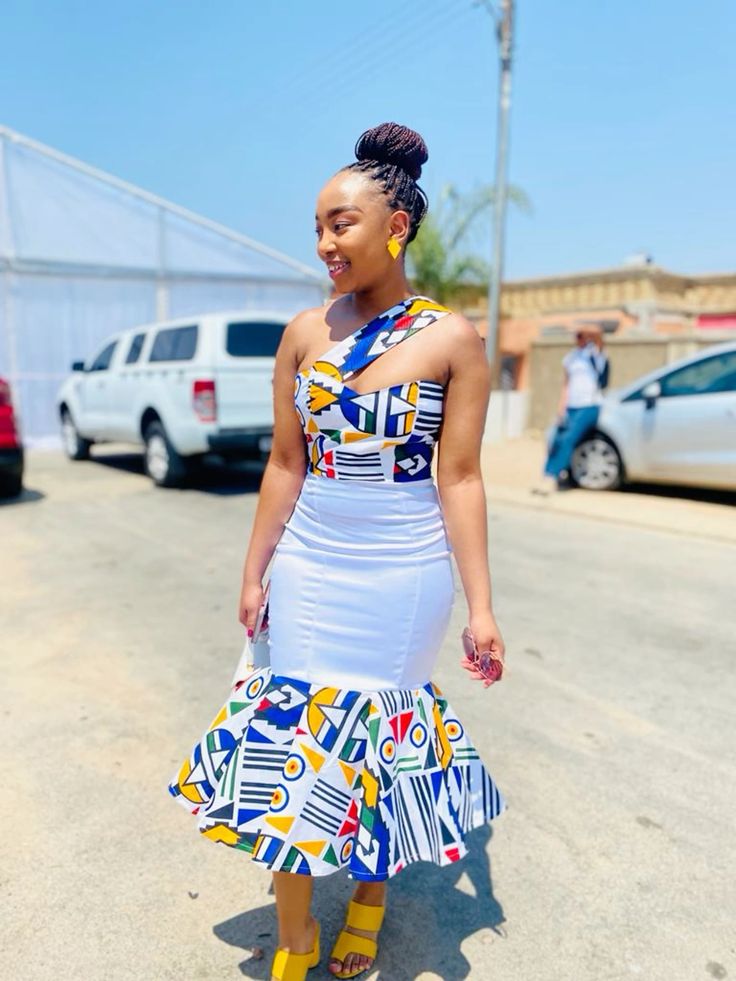
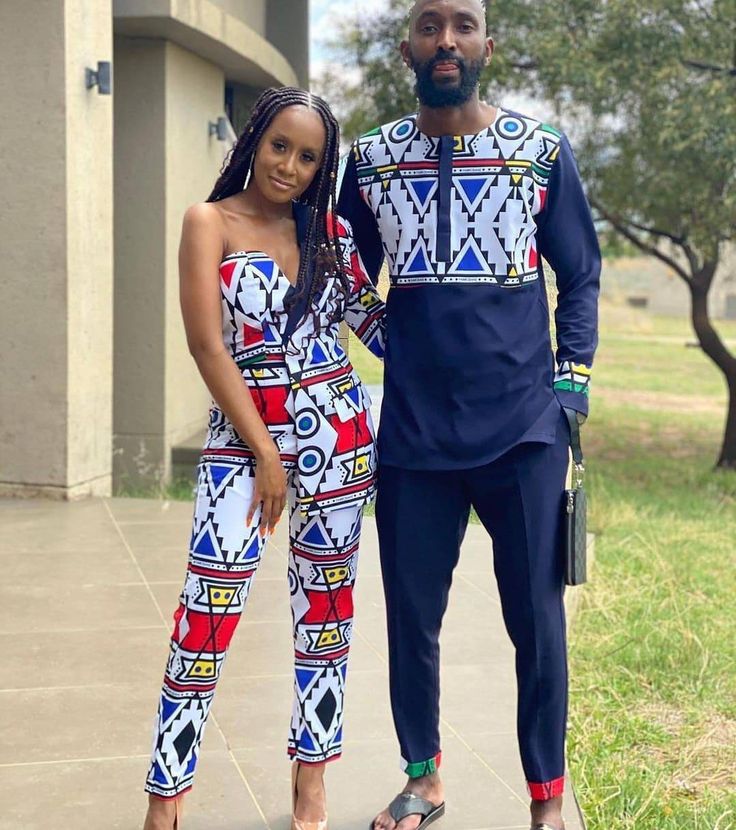
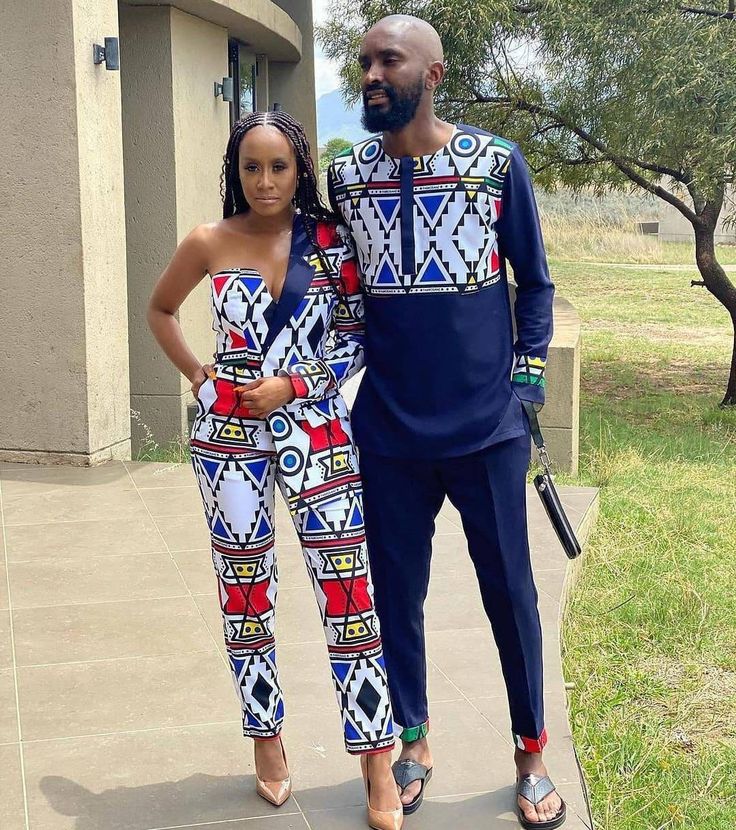
Vibrant Colors
The Use of Vibrant Colors in Ndebele Dress Designs
Ndebele dress designs are known for their bold and vibrant color palettes. The Ndebele people believe that colors hold significant meanings and play a vital role in expressing their culture and traditions. Each color represents different emotions, values, and aspects of life.
The use of vibrant colors in Ndebele dress designs is not just for aesthetic purposes but also carries deeper symbolism. For example, red symbolizes love and passion, yellow represents wealth and fertility, while blue is associated with spirituality and protection. By incorporating these vibrant colors into their dress designs, the Ndebele people are able to visually communicate their cultural identity and values.
Incorporating Traditional Color Palettes in Modern Designs
While traditional Ndebele dress designs have long been cherished for their vibrant colors, contemporary fashion designers have found ways to incorporate these traditional color palettes into modern designs. By doing so, they honor the rich heritage of the Ndebele people while infusing fresh creativity and innovation.
These modern interpretations often involve blending traditional color combinations with contemporary fabrics and silhouettes. Designers experiment with different textures, patterns, and materials to explore the possibilities and create unique pieces that appeal to a wider audience. By combining the timeless beauty of traditional Ndebele color palettes with modern design elements, these designers are able to create fashion pieces that bridge the gap between the past and the present.
In summary, the use of vibrant colors in Ndebele dress designs serves as a visual representation of the rich cultural heritage of the Ndebele people. By incorporating traditional color palettes into modern designs, designers celebrate the enduring beauty of these colors while pushing the boundaries of creativity and promoting cross-cultural appreciation.
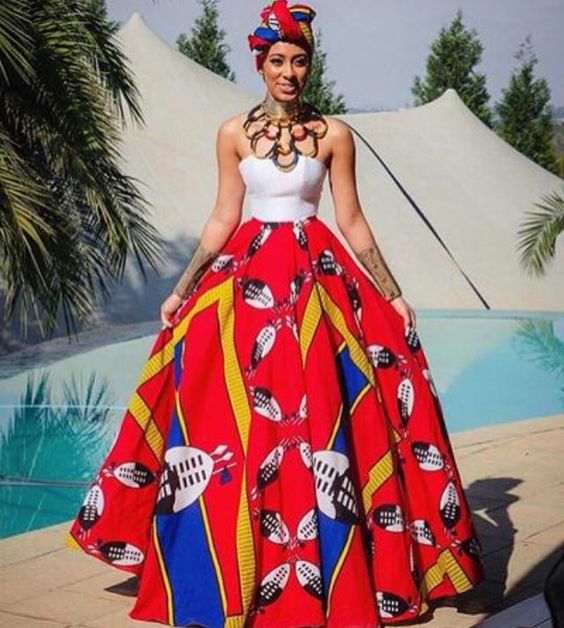
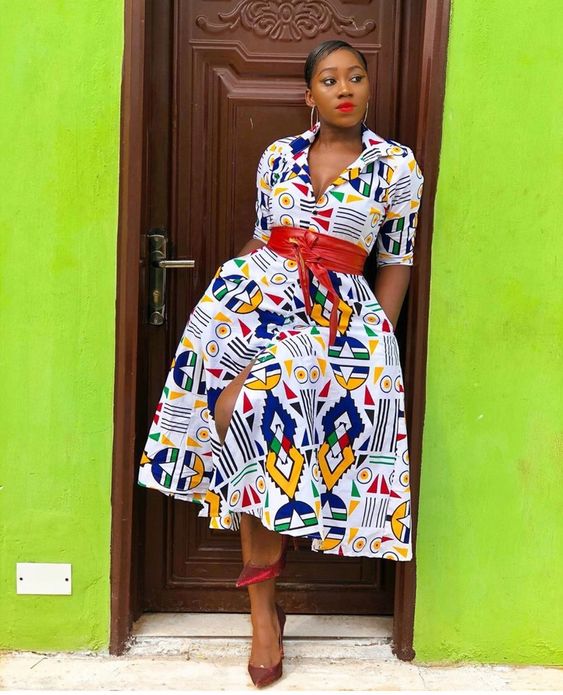
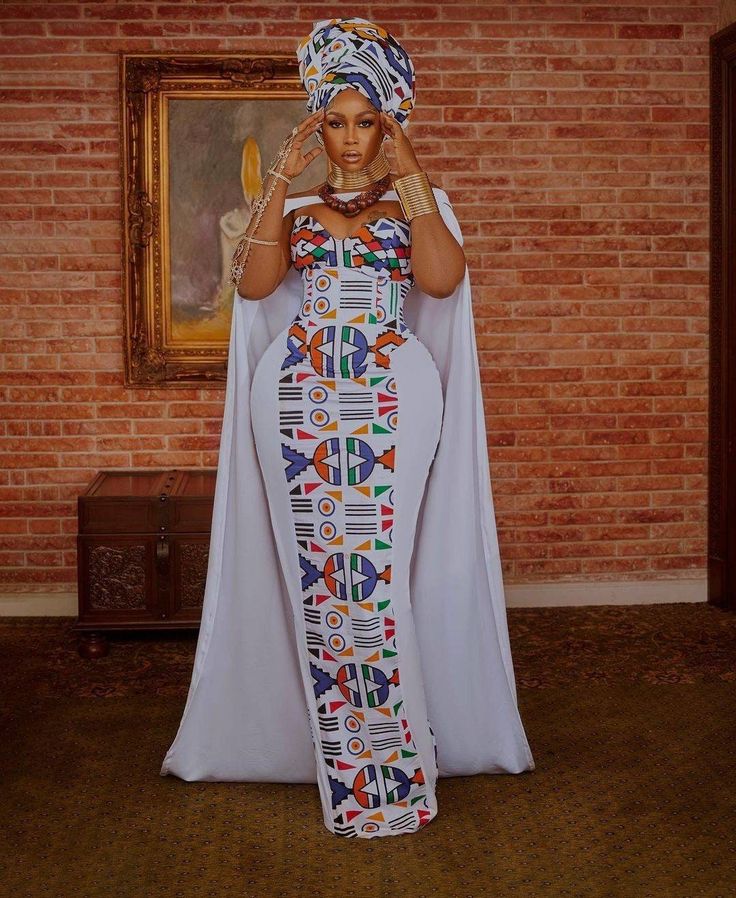
Fusion with Western Fashion
Ndebele dress designs meeting western fashion trends
In recent years, Ndebele dress designs have experienced a fusion with western fashion trends, creating a unique blend of modernity and tradition. This infusion not only keeps the Ndebele culture alive but also attracts a wider audience who appreciate the beauty and richness of these designs.
The incorporation of western fashion elements into Ndebele dress designs has allowed for experimentation with silhouettes, fabrics, and patterns. Designers now combine traditional Ndebele color palettes with contemporary styles, resulting in stunning pieces that bridge the gap between the past and the present.
The fusion of Ndebele dress designs with western fashion has also allowed for greater versatility and accessibility. These modern interpretations can be worn on various occasions, from everyday wear to special events, making Ndebele fashion more adaptable and appealing to a global audience.
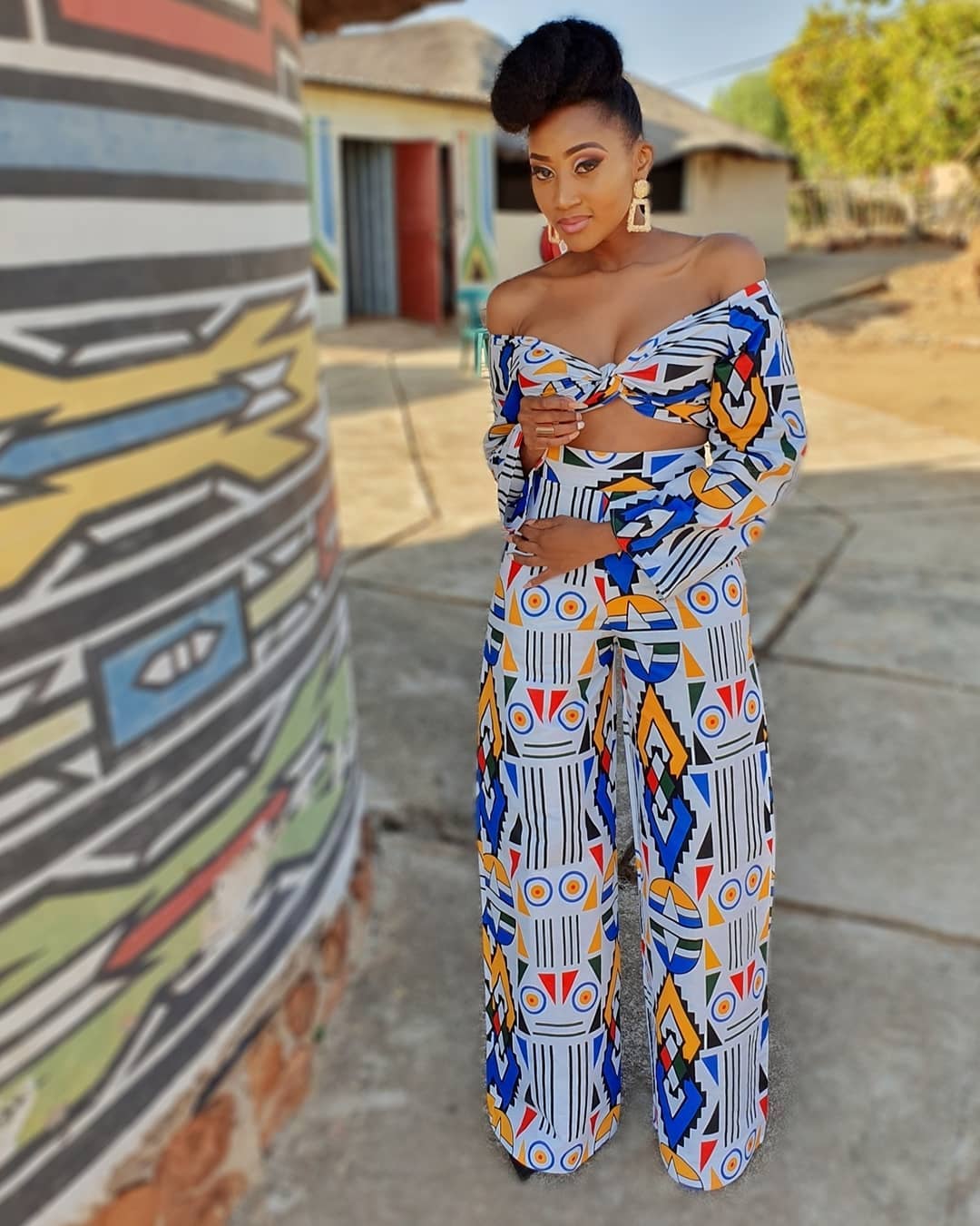
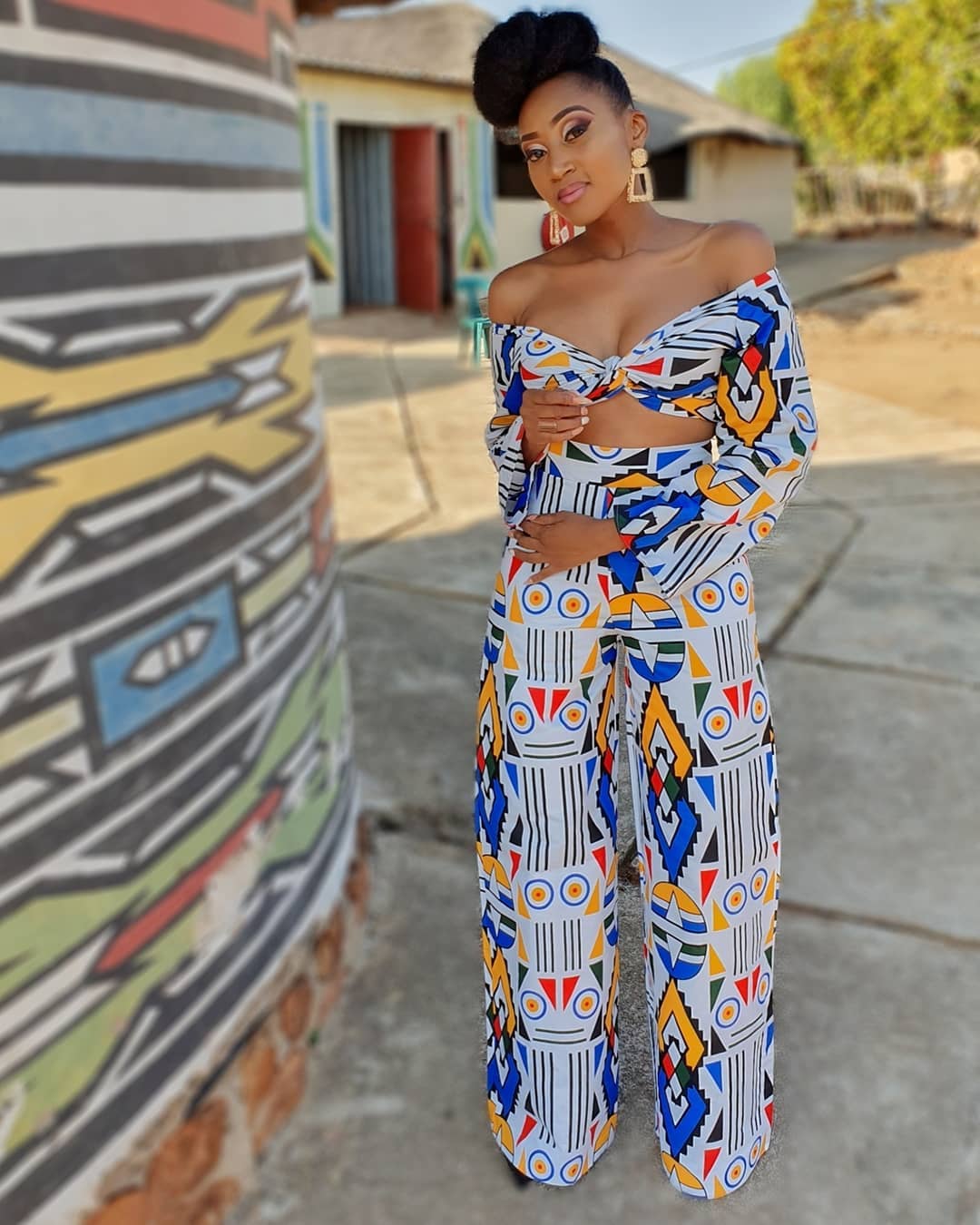
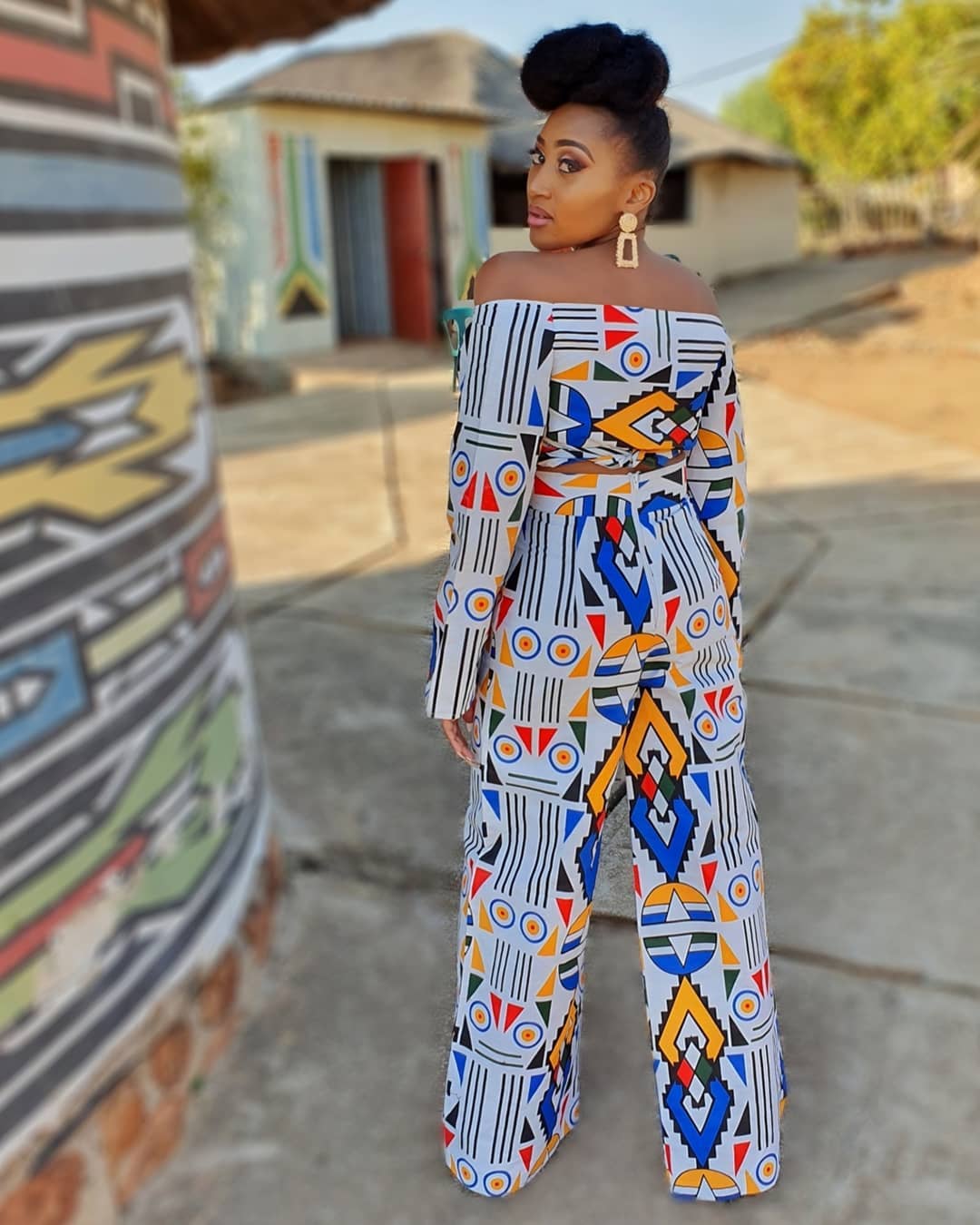
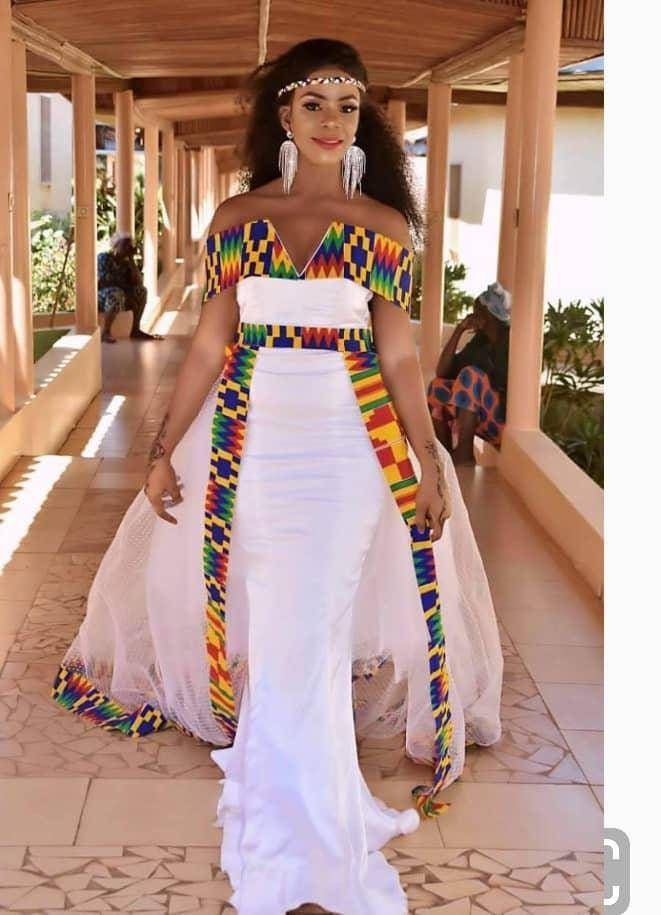
An infusion of modernity and tradition
Through the infusion of modernity and tradition, Ndebele dress designs continue to evolve without losing their cultural heritage. This combination showcases the adaptability and creativity of both the Ndebele people and modern designers.
By incorporating western fashion elements, Ndebele dress designs become more relevant and accessible in today’s fashion landscape. The infusion of modernity into these traditional techniques not only attracts younger generations but also encourages cross-cultural appreciation and understanding.
In summary, by meeting western fashion trends, Ndebele dress designs find a perfect balance between modernity and tradition. Through this fusion, the Ndebele culture thrives, and their unique fashion heritage gains recognition and appreciation on a global scale.
Comments are closed.